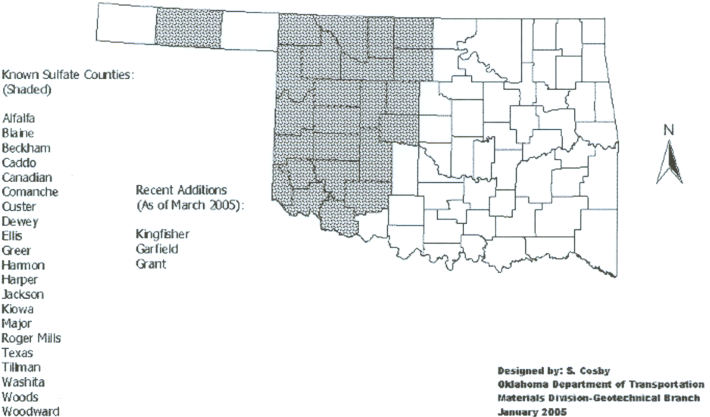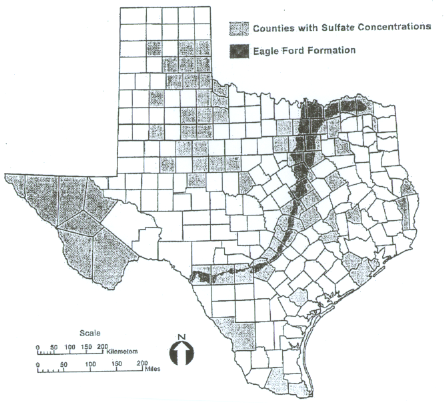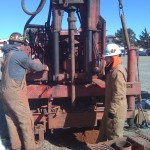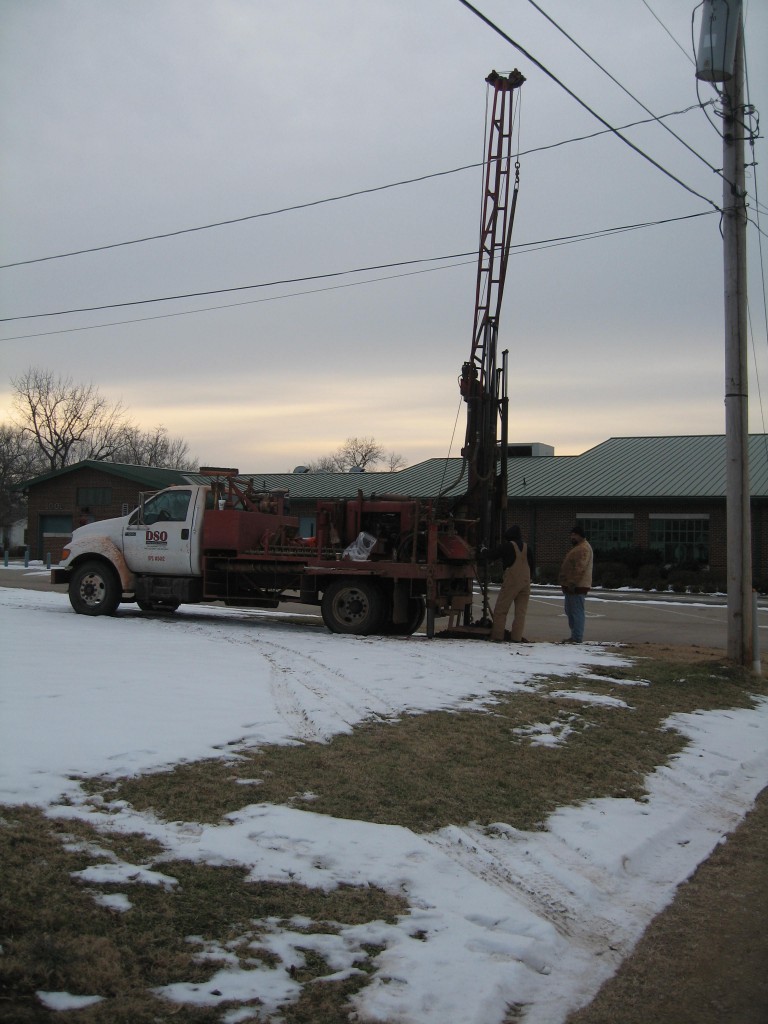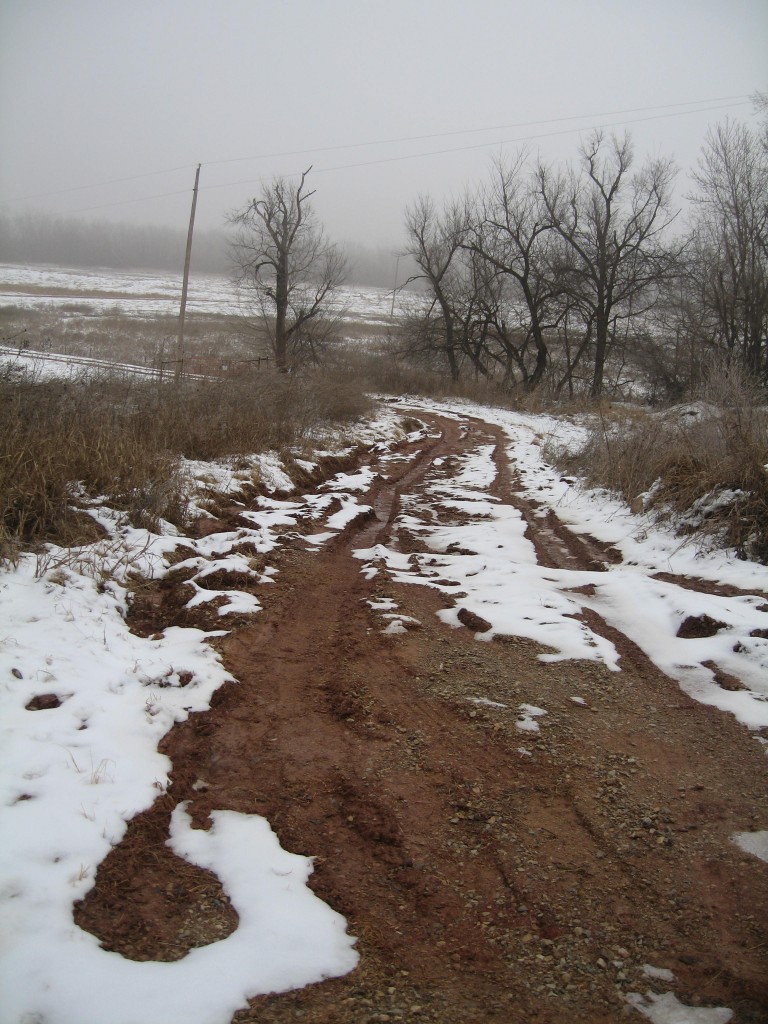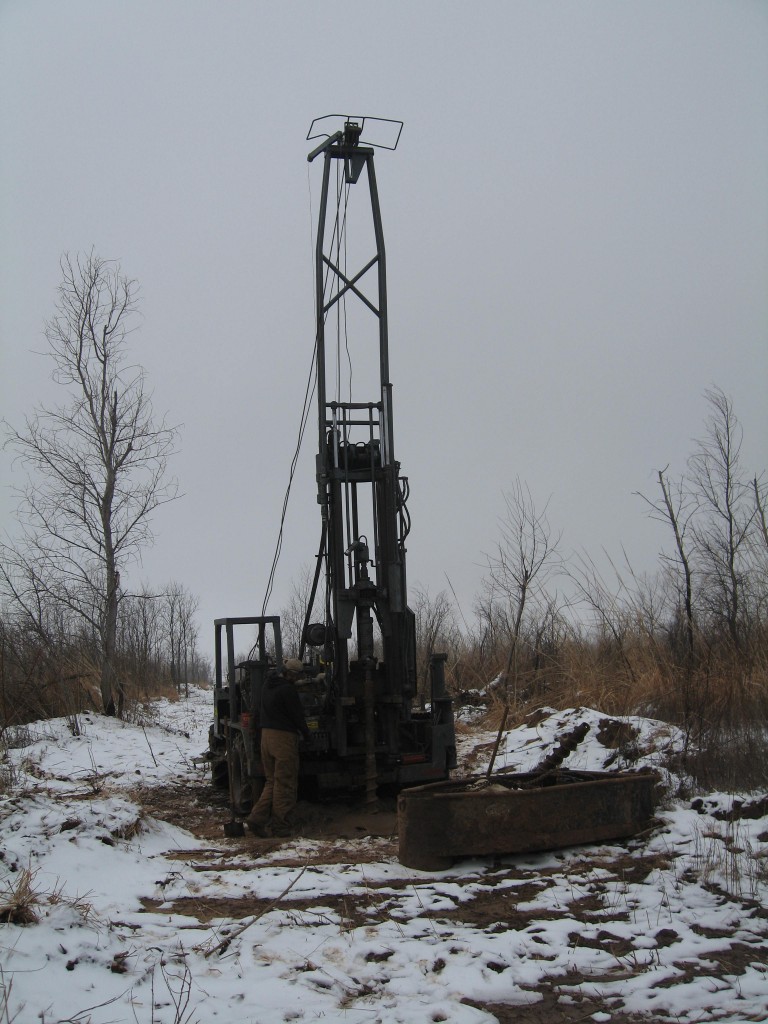Red Rock Consulting and DSO recently completed a project at Vance Air Force Base in Enid, Oklahoma, that had special requirements. US Army Corps of Engineers required the geotechnical team to core bedrock materials. The Corps also requested that environmental precautions be taken because the project site was located within the base’s trichloroethylene (TCE) plume.
Rock coring is not a standard procedure in many parts of Oklahoma. It requires that the rock be drilled using wet rotary methods.
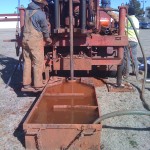
Wet Rotary Drilling
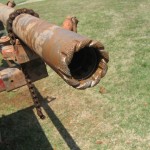
Core Barrel
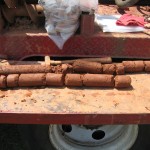
Core Sample
In addition to coring bedrock, the auger and wet rotary soil cuttings had to be contained in a drum. Soil samples were then sent to an environmental laboratory to be tested for contamination. The lab results will determine how the drum of soil will be disposed of.
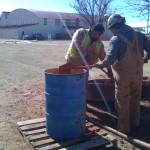
Placing Suspected Contaminated Soil into Drum

